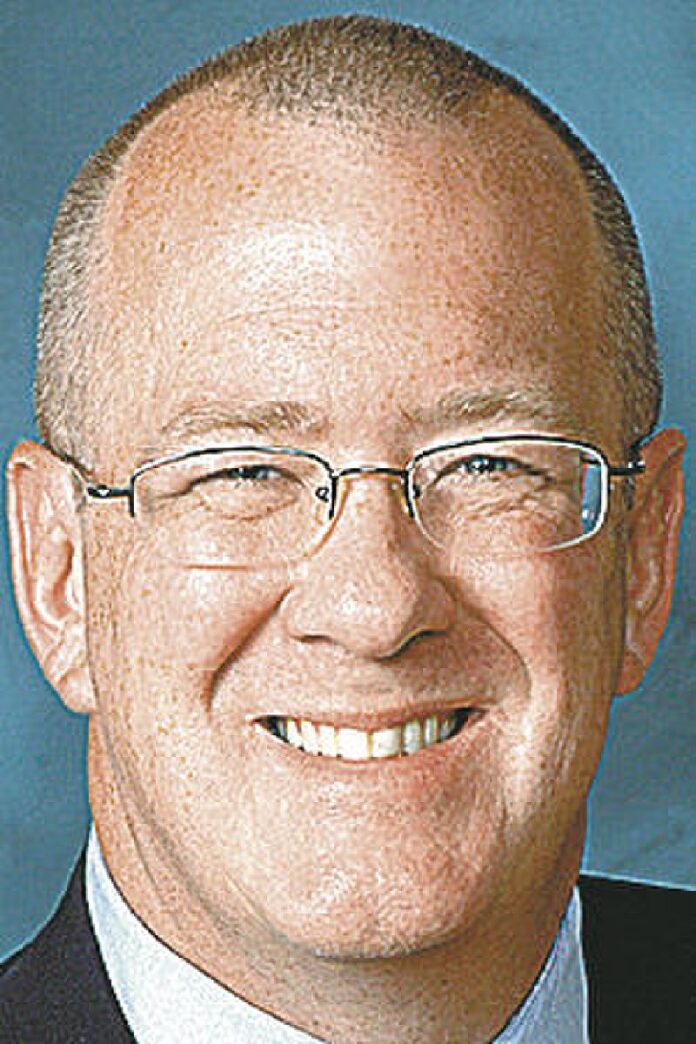The COVID recession played havoc with America’s labor markets as well as the official statistics that we use to describe them. This generated plenty of misunderstanding about the state of the economy. With the passage of time and supplemental surveys of workers, a clearer explanation is now emerging.
January 2020 was the last month of economic expansion. Though employment continued to grow in February, other hints of a downturn were already occurring. Part-time workers lost jobs and the labor force began to shrink. From January to April, the unemployment rate rose from 3.6% to 14.7% in what was far and away the most rapid job loss in U.S. history.
However, by April, a full 8.2 million fewer men and women were counted as participating in the labor force. This accounting was the result of a survey question conducted by the U.S. Census Bureau for the U.S. Department of Labor. The question asked unemployed respondents if they were actively looking for a job. If they said no, they were dropped from the labor force rolls.
Importantly, the unemployment rate is the share of the labor force that is unemployed divided by the labor force. If someone is dropped from the labor force, they are removed from both the numerator and denominator of that fraction. This caused the reported unemployment rate to be more than three percentage points lower than it would otherwise have been.
This led to some pretty wild speculation, including the notion that workers were not looking for jobs because the supplemental benefits from the CARES Act were too generous. While there was no doubt some anecdotal evidence of that, economists were doubtful. After all, we study human behavior in the face of constraints, and the huge decline in labor supply was wholly inconsistent with previous examples of benefit changes. Something else was at work, and the culprit was likely child care.
The Census reports that in 2019, 7% to 8.0% of American workers had school-aged children (age 5 to 12) at home and were either single parents or a dual-income family. I choose this age range because children under 5 aren’t typically in school (and so already have some sort of child care arrangements), and children ages 13 and older might be able to remain at home without constant supervision. Of course, individual experiences may vary.
The Census also maintains a couple of surveys that measure work life, the American Time Use Survey and the National Longitudinal Study of Youth. These surveys report that 42% to 50% of workers with children can telecommute to work. Census surveys conducted lately have reported that more than a quarter of workers did some telecommuting, which would allow for some child care while still employed. All those social media posts of funny kids on Zoom calls are a by-product of this arrangement.
This means that between 8.6 million and 9.9 million workers with kids in school and no way to telecommute would’ve faced difficult choices about work and family care. So, the deep drop in labor supply observed last April was sufficient to have caused the loss of more than 8.2 million workers from the labor force. Of those who left the labor force, 4.2 million were women and 4.0 million were men, despite the fact that women hold jobs where they can telecommute at much higher rates than men: 19% to 32% higher, according to those same surveys.
Another wrinkle in the labor market data is that workers who receive benefits are obligated to seek work. So, the steep decline in the labor force rankled many who saw this as unemployed workers failing to meet their obligations under the unemployment security rules. However, the workforce question on the Census survey does not distinguish between workers who are temporarily laid off (and thus not obligated to look for work) and those who are permanently unemployed. So, a worker who is temporarily laid off and staying at home to care for kids would likely have been counted as dropping out of the labor force.
The widespread closure of schools and the continuing rolling quarantines alone are sufficient to explain all the labor force declines of the COVID pandemic. In fact, that labor force declines weren’t more widespread suggests that a lot of workers are leaning on extended families, neighbors and friends to watch children.
Michael J. Hicks is the director of the Center for Business and Economic Research and the George and Frances Ball distinguished professor of economics in the Miller College of Business at Ball State University. His column appears in Indiana newspapers.Send comments to [email protected].





